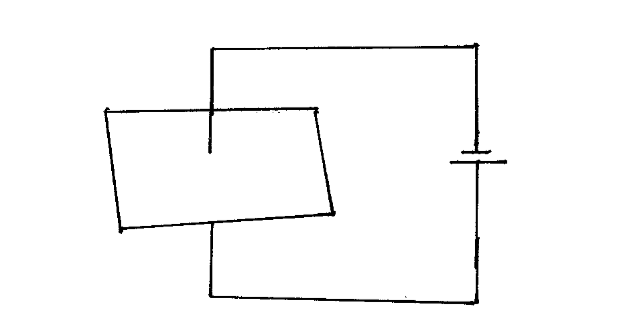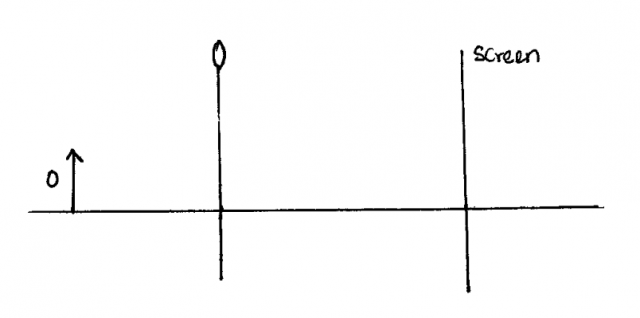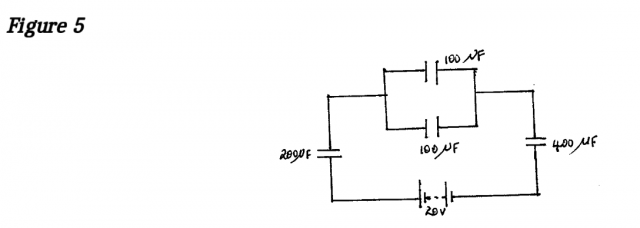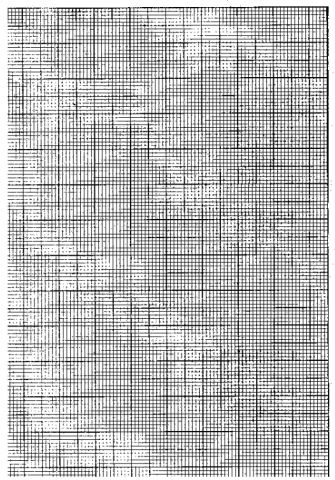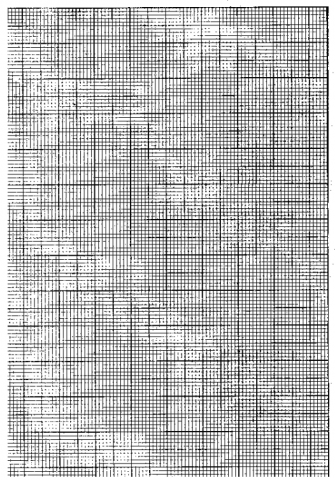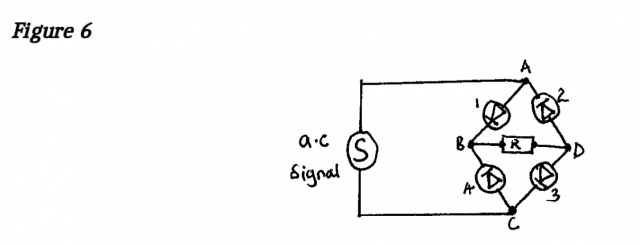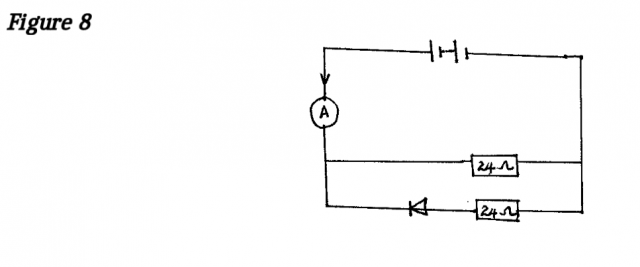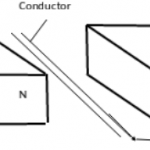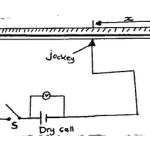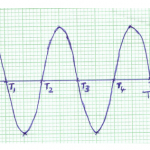KNEC KCSE Physics Paper 2 Question Paper / 2015 KCSE Starehe Boys Centre Mock
2015 KCSE Starehe Boys Centre Mock
Physics Paper 2
SECTION A (25 Marks)
Attempt all the questions in the spaces provided.
Light passes through an opening of width 2 cm. Explain why light is not diffracted in the same way as sound at a similar size opening.
2 marks
The table 1 below shows the arrangement of electromagnetic waves arranged in order of decreasing wavelength.
Table 1
| A | B | C | D | E | F |
If F represents the wave having the shortest wavelength among the e.m radiations, identify the wave represented by letter C and state one use of the wave.
2 marks
The fundamental frequency of a note produced by a vibrating string is 250 HZ. Determine the frequency of the note produced when the string is vibrating at 3rdovertone frequency.
2 marks
The refractive index of medium 1 is 1.62 and of medium 2 is 2.46. Determine the refractive index of medium 2 with respect to medium 1.
2 marks
State why mains electricity for long distances is transmitted at high voltages.
1 marks
A student wishes to use a 5.5Ω resistor into a circuit but has only 2Ω resistors. She uses a combination of eight 2Ω resistors. Draw a circuit diagram to show how she would arrange them.
2 marks
State three properties of cathode rays.
3 marks
State one application of total internal reflection.
1 marks
SECTION B (55 Marks)
Attempt ALL the questions in the spaces provided.
(a) An angle of reflection of a reflected ray from a plane mirror is 200. If the mirror is rotated through an angle of 250 , calculate the angle between the incident ray and the new reflected ray. (2 marks)
(b) A concave spherical mirror has a focal length of 10 cm. Calculate the distance where an object must be placed in order to produce a real magnified image three times the size of the object. (3 marks)
(c) An object is placed 20 cm in front of
(i) a plane mirror
(ii) a concave mirror
State two differences between the images formed in each case. (2 marks)
(d) A convex mirror of focal length 18 cm produces an image on its axis, 6 cm away from the mirror. Calculate the position of the object. (2 marks)
(e) State one application of each of the following. (2 marks)
i) convex mirror…………………………………….………….…………………………………………..
ii) parabolic mirror…………………………………………………….………………………………….
11 marks
(a) When Moses rubbed a glass rod on a duster and then held it near a few pieces of paper, it did not move them or pick them up. He concluded that there was no transfer of electric charge between the duster and the brass rod. He was wrong.
Give a reason why he was wrong. (1 mark)
(b) Define capacitance (1 mark)
(c) The Figure 5 below shows a combination of capacitors across a power supply
Determine the energy stored in the 200μF capacitor. (3 marks)
(d) State two applications of capacitors. (2 marks)
(e) A metal sphere on an insulating stand has a positive charge of 12 units. It is brought into contact with an identical metal sphere and then separated. With the aid of diagrams, show the charge distribution on the two spheres. (2 marks)
(f) State two ways of increasing the capacitance of a capacitor. (2 marks)
11 marks
(a) What is meant by threshold wavelength? (1 mark)
(b) How does intensity of radiation incident on a metal surface affect the photoelectrons emitted.
(1 mark)
(c) In an experiment using a photocell, light of varying frequency but constant intensity was made to strike a metal surface. The maximum kinetic energy of the photoelectrons for each frequency, f, was measured. The values obtained are shown in table 2 below
Table 2
i) Plot a graph of maximum K.E against frequency. (5 marks)
(ii) From the graph determine the values of Planck’s constant and the work function of the
metal surface.
(I) Planks constant (3 marks)
(II) Work function (3 marks)
13 marks
(a) A source of beta radiation is held near a GM tube which is connected to a ratemeter. The table 3 below shows how the count-rate recorded by the ratemeter varies with time.
Table 3
If the count-rate due to background radiation is 6000 counts per minute, find the half-life of the source by plotting a graph on the graph paper provided. (6 marks)
(b) A nucleus of the radioactive isotope emits a radiation when it decays to a nucleus of the element Mg.
(i) Complete the equation representing this event: + (2 marks)
(ii) How many neutrons are there in an atom of Mg above? (1mark)
(c) State two uses of radioactivity in medicine. (2 marks)
11 marks
(a) Distinguish between intrinsic and extrinsic semiconductors. (2 marks)
(b) The Figure 6 below shows a bridge rectifier circuit using diodes.
Draw the trace of the signals obtained on a CRO when connected across AC and BD. (2 marks)
(c) The Figures 7(a) and (b) below show lamps L1 and L2 . State which lamp lights up and explain.
(2 marks)
(d) Two identical resistors and a diode are connected as shown in the circuit in Figure 8 below.
(i) What can be said about the resistance of the diode when it is connected as shown?
(1 mark)
(ii) Show by calculation, the reading on the ammeter A. (2 marks)
9 marks

